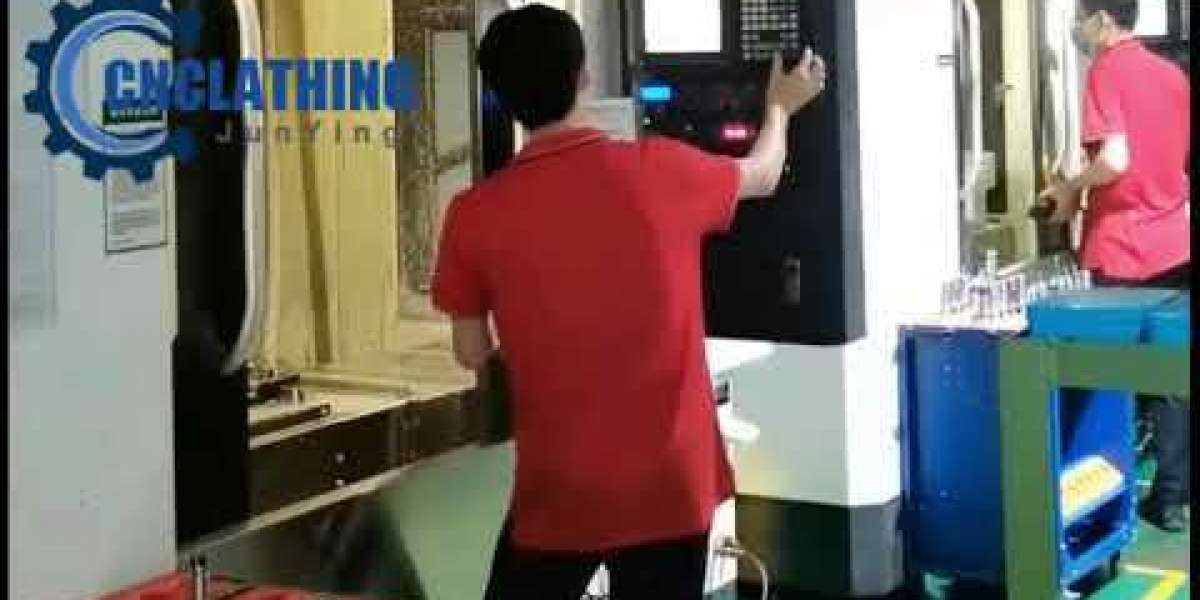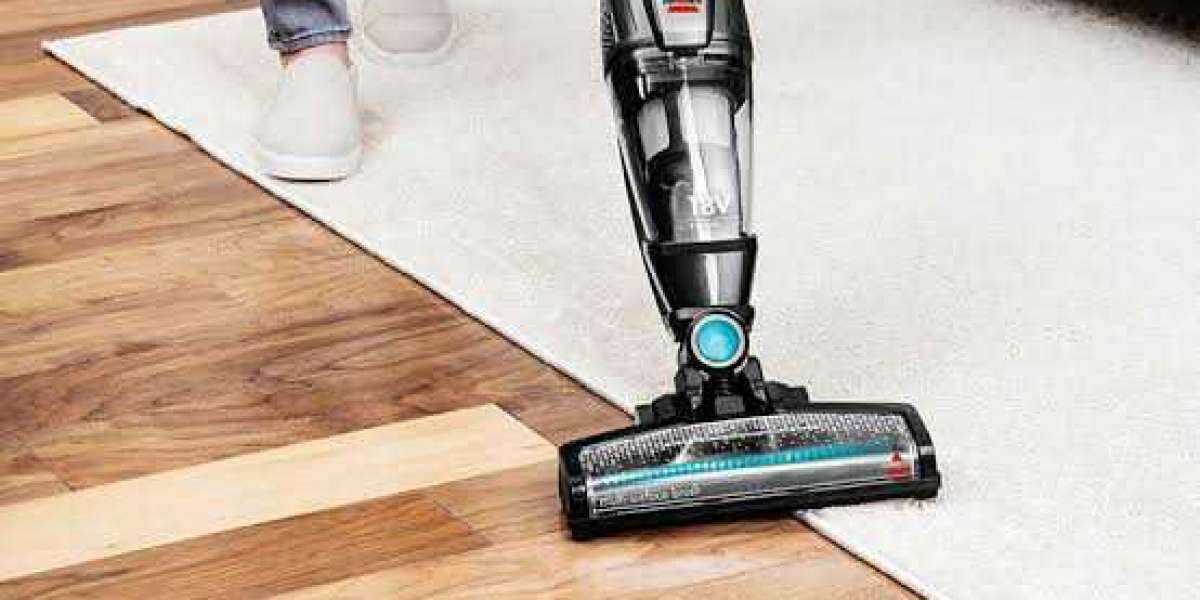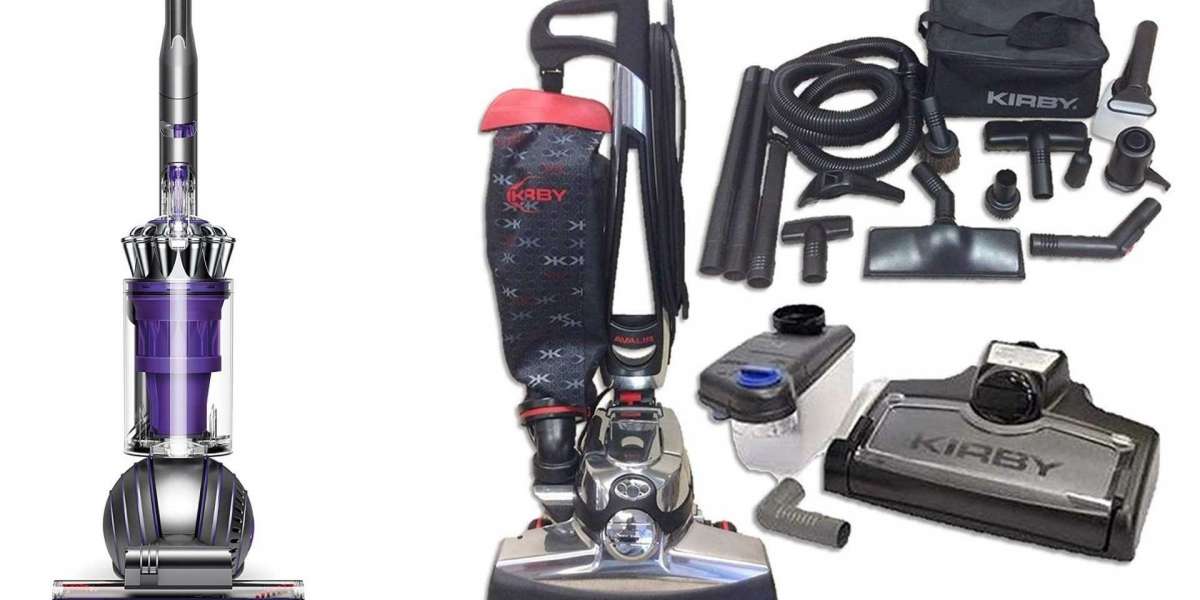While the terms tool compensation and offset are used to refer to different aspects of CNC machining, their fundamental characteristics are the same. Because these are two different expressions of the same problem, there is no need to examine the differences between the two. The offset screen on the FANUC 0i CNC system is referred to as offset on the system's documentation, but in practice it is more commonly referred to as compensation. Rather than going into great depth about offset and compensation offset, you can simply refer to the statement in the official FANUC manual, which states that tool position adjustment is referred to as offset and tool radius correction is referred to as compensation (or compensation offset). The fundamentals of tool compensation in CNC machining will be covered in this article, with a particular emphasis on its practical application.
In general, a modern CNC system divides the tool offset into two parts: one for the shape of the tool and another for the wear of the tool, respectively. Generally speaking, it is accepted that shape offset is used primarily to control tool installation deviation or shape deviation, and that its value is relatively large; however, it is generally accepted that wear offset is used primarily for tool wear compensation and fine-tuning of machining dimensions, and that its value is relatively small. This is due to the shape offset and the wear offset being added together, resulting in a tool offset that is equal to the algebraic sum of the shapes and wear offsets. Another advantage of shape offsets is that they are frequently used to establish workpiece coordinate systems, which is another advantage.
The concept of an offset vector is frequently used in the context of offset trajectory analysis. What is referred to as the offset vector is actually CNC aluminum a composite vector made up of the two offset sub-vectors of X and Z stored in the offset memory, and it is this composite vector that is used to represent the offset. CNC machining necessitates the development of programming application skills as well as the understanding of compensation taboos.
It is determined by system parameter No.5002#1 (LGN), which is set to true if the shape offset number of the tool and the wear offset number are the same. The shape offset number of the tool and the wear offset number are determined by system parameter No.5002#1 (LGN). It is the same as before in terms of the default configuration (LGN =0).
Tool wear compensation is achieved either through tool movement or through offset of the coordinate system, as determined by the system parameter No. 5002#2 (LWT). To compensate for the lack of tool movement, the default setting (LWT = 0) allows for tool movement to be used. It is necessary to make use of the linear movement block of the tool in order for this to be accomplished.
The tool shape compensation is accomplished either through tool movement or through offset of the coordinate system, and this is determined by the system parameter No.5002#4 (LGT). Using a coordinate system offset to compensate for coordinate system offset is the default setting (LGT = 0) for this parameter. In the T command block, compensatory operations are carried out regardless of whether or not the LWM is enabled. In this case, the offset action is brought about by the movement of the coordinate system, which is responsible for the movement of the coordinate system. This point is usually not marked by a change in the tool's position; instead, only the coordinate value is altered.
The system parameter No.5002#5 (LGC) is used to determine whether the tool shape compensation should be cancelled when the offset number is zero. During the time period when LGC = 0, the cancellation is not performed (LGC = 0).
In addition, when you press the Reset key, you can specify whether or not the offset amount should be cancelled by using the system parameter No.5003#6 (LVC). A refund of the offset amount will not be made if the LVC value is equal to zero.
Creating a machining process that is reasonable in nature
Making a solid foundation for product production during the actual manufacturing procedure is essential in order to ensure that the final quality of product production is closely related to the design process of machining. Because it is a novel concept, machining design will invariably encounter difficulties during the actual development process, as will any new technology. It is difficult to come up with a suitable solution due to a lack of specific development experience. At this point, businesses must learn from the machining design experience of other countries and design machines that are reasonable CNC drilling in price and performance. It is possible for a mechanical processing process to meet all of an enterprise's current production and development needs. The enterprise's mechanical processing design must, in the meantime, strive to reduce the time it takes to manufacture a product while at the same time lowering the cost of its mechanical processing design; it must also assist in improving the performance of the enterprise's products; and it must fully realize the enterprise's significant breakthrough in the mechanical processing design process as a final destination. The timely resolution of numerous problems in the enterprise's production process is essential in order to lay a solid foundation for the better completion of the enterprise's production tasks, the attainment of greater economic benefits, the advancement and development of the enterprise's production, and the promotion of the enterprise's progress and development. Because of the rational design of the machining process, new guidelines are provided for the promotion of the company's production work, and it has the potential to be a significant aid in the company's development.
Make machining design more cost-effective by optimizing the design.
A number of requirements must be met by machining design in order for it to be cost-effective in actual production settings. A significant amount of material is lost during the cutting process because of the low strength of the production material. This results in rougher-shaped final used parts, which have a negative impact on the product's overall quality and performance. The final manufacturing process has an impact on the final product. The design of machining equipment is intimately linked to the processing and production of products in the manufacturing industry. Once the actual processing begins, it is critical to consider the issue of cost-effectiveness in its entirety throughout the entire process. Machine design issues will invariably have an impact on the quality of final parts produced and, to a certain extent, will result in the development of design issues themselves if not addressed. To avoid having a more restrictive effect on the long-term development of the company, companies must pay attention to the cost-effectiveness of mechanical processing design and avoid obtaining lower benefits at higher costs. It is difficult to better realize the company's progress and development.





